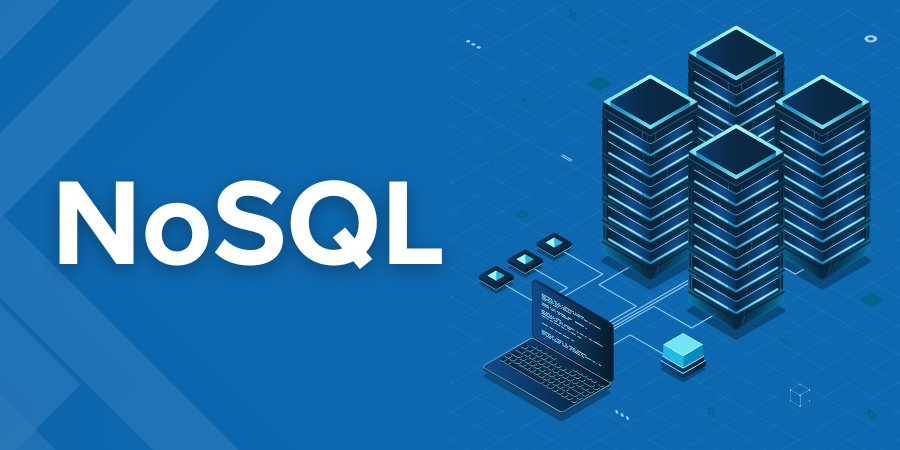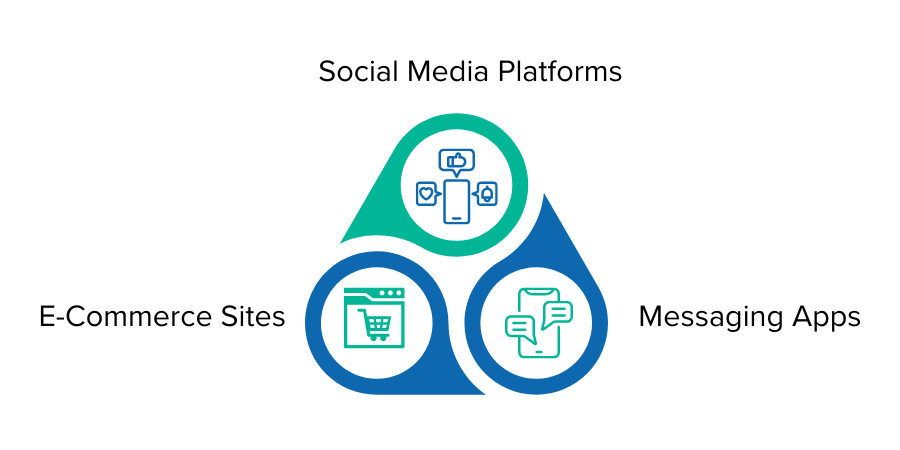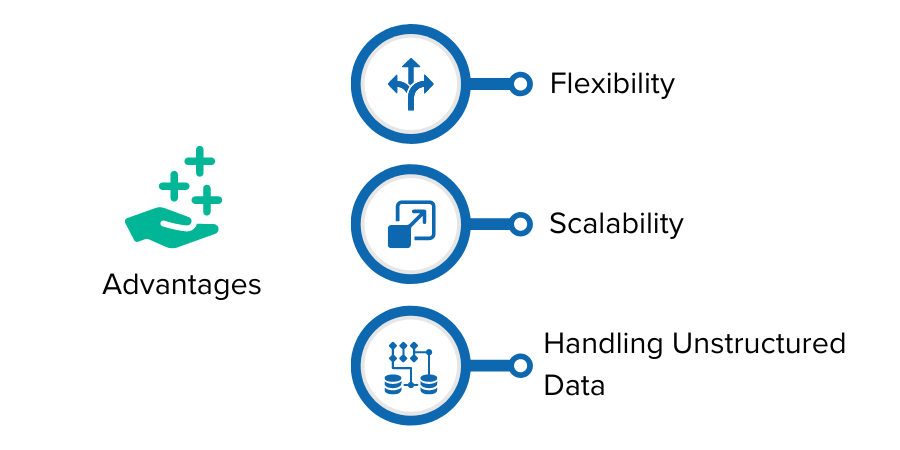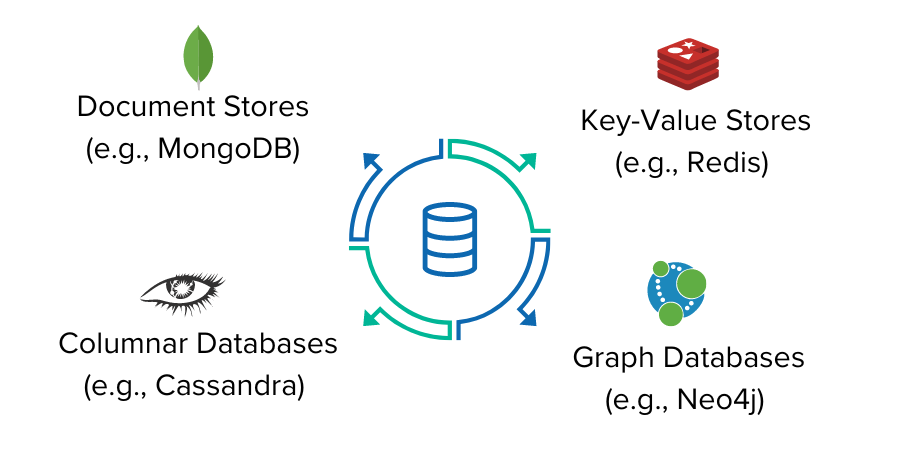
When it comes to storing information, the way we do it is as important as the information itself. Imagine if you had to store all your bills, personal notes, and photos in one type of file folder with strict rules—would it work? Probably not! Similarly, databases must be versatile, flexible, and fit for different purposes. This is where NoSQL databases come into play. If you have learned about relational databases like MySQL or PostgreSQL, you might wonder why people turn to NoSQL for some tasks. Let us dive into NoSQL databases, why they matter, and how they compare to traditional databases you might already know.
Understanding the Basics: What Are Relational Databases?
Before we explore NoSQL, let us recall what a relational database is. Relational databases, like MySQL and SQLite, organize data into tables. Think of a table like a grid or spreadsheet with rows and columns, with each row representing a record and each column representing an attribute of that record. For example, imagine a "Customers" table, where each row represents a customer, and columns include details like their name, age, and customer ID.
Relational databases are popular because they provide a neat, structured way to store data, which makes them reliable for many applications. They use Structured Query Language (SQL) to interact with data, which means they can find all customers who purchased above $100 or join two tables to see which customers are subscribed to which services.
So, What Is NoSQL?
NoSQL stands for "Not Only SQL". NoSQL databases are designed to store and manage data differently from relational databases. They do not necessarily use the traditional table-based structure and often do not use SQL as a query language. Instead, they provide different data storage methods, making them useful for various applications.
A Formal Definition of NoSQL
A NoSQL database is a non-relational, distributed database that allows for flexible schemas and is designed to handle large amounts of unstructured or semi-structured data. Unlike relational databases, NoSQL databases can easily scale horizontally, which means adding more servers as needed to handle growing amounts of data.
Think of NoSQL as an adaptable, flexible system, like a filing cabinet where you can store different types of documents, photographs, videos, and receipts without always having to follow the same structure—similar to managing various types of content in real life. This flexibility allows NoSQL databases to handle data that does not fit into neat rows and columns, mainly when we deal with things like social media, large-scale web applications, or sensor data from IoT devices.
Why Do We Need NoSQL? Everyday Examples
Social Media Platforms
Think about Instagram. Every post has different types of data—user comments, likes, images, tags, and even the location where the photo was taken. In a traditional relational database, storing all this data in a fixed table structure would be cumbersome, and the size and type of information would vary wildly for each post.
Here, NoSQL shines because it allows for flexible data models. Instead of needing everything to fit in a rigid table, NoSQL databases like MongoDB can store all that data in a JSON-like format, which means each record (like an Instagram post) can look different from the others without any issues.
E-Commerce Sites
When you shop online, you interact with a lot of dynamic information—products, customer reviews, recommendations, user browsing history, etc. E-commerce websites have millions of users, each interacting in unique ways. Scaling this kind of data with a traditional relational database would be tricky.
Imagine you are shopping on Amazon for items and supplies. Your browsing history and personal recommendations are unique to you and change over time. Storing rapidly evolving data, where new products and information are added constantly, works well with NoSQL databases like Cassandra, which can manage huge volumes of diverse and unstructured data while delivering fast performance.
Messaging Apps
Think about WhatsApp or any instant messaging app. Messages, media files, and user statuses must be stored, retrieved, and displayed in real-time. The data grows very quickly and is different for every user. A NoSQL database like Redis is often used here because of its speed and real-time data processing capabilities. Imagine the challenge of saving millions of messages per second; NoSQL databases make this kind of task efficient and manageable.

ACID Properties vs. BASE in NoSQL
Relational databases follow the ACID properties—Atomicity, Consistency, Isolation, and Durability—to ensure that all transactions are processed reliably. Imagine a bank transaction where money is transferred between two accounts. In a relational database, the system must ensure that either both the withdrawal and deposit occur or neither occurs, maintaining data integrity. This strong guarantee is essential for financial applications.
However, NoSQL databases prioritize scalability and flexibility over strict adherence to ACID properties. Instead, they follow a more relaxed model called BASE (Basically Available, Soft state, Eventually consistent). NoSQL databases like Cassandra are designed to remain highly available and partition-tolerant, meaning they do not require every data update to be instantly visible across all servers. This flexibility is crucial for applications where availability and scalability are more critical than immediate consistency.
CAP Theorem and NoSQL Databases
The CAP theorem is crucial for understanding why NoSQL databases are structured the way they are. The CAP theorem states that you can only achieve two out of three guarantees at a time in a distributed data system: Consistency, Availability, and Partition tolerance.
- Consistency: Every read receives the most recent write or an error.
- Availability: Every request receives a response without guarantee that it contains the most recent write.
- Partition Tolerance: The system continues operating even if server communication is unreliable.
Relational databases typically focus on consistency, making them perfect for applications that require immediate accuracy, such as banking systems. In contrast, NoSQL databases often choose Availability and Partition Tolerance. For example, in a social media platform, it is acceptable for a user's post to take a moment before showing up on all servers as long as the system is highly available.
NoSQL databases make trade-offs based on the CAP theorem to achieve scalability, especially across distributed systems. Understanding this helps explain why NoSQL databases like MongoDB and Cassandra are suitable for applications where high availability and the ability to partition data across many servers are prioritized over immediate consistency.
Key Differences Between Relational Databases and NoSQL
The following table compares relational databases with NoSQL databases using different parameters.
| Feature | Relational Databases | NoSQL Databases |
|---|---|---|
| Data Structure | Tables with fixed rows and columns | Flexible structure (document, key-value, columnar, graph) |
| Schema | Requires a predefined schema | Dynamic schema; changes are easy |
| Scalability | Vertically (add more power to a server) | Horizontally (add more servers) |
| Data Relationships | Designed for strong relationships | Supports less structured relationships |
| Query Language | SQL | No standard language; uses API queries |
Data Structure and Schema: In relational databases, you need to define the structure of your tables ahead of time—this means you have to specify each column, and every row has to fit that structure. NoSQL is more flexible—you can add fields whenever you need them.
Scalability: Imagine a library. If a relational database is like having one big, strong bookshelf, NoSQL databases are like adding as many shelves as needed when the books keep coming in. With horizontal scalability, NoSQL can quickly grow, making it perfect for big data applications.
Types of NoSQL Databases
NoSQL is not just one type of database—it includes several varieties, each designed for specific kinds of tasks:
- Document Stores
- These databases, like MongoDB, store data in documents (similar to JSON). It is like storing a collection of different files, where each file may have its own format or structure. Document stores are very popular for applications that require a lot of unstructured or semi-structured data, such as content management systems or blogs.
- Key-Value Stores
- This is the simplest type of NoSQL database. Think of it like a dictionary: you have a key and a value. Popular key-value stores like Redis are often used for caching and real-time analytics.
- Columnar Databases
- Databases like Cassandra store data in columns rather than rows. Imagine you have a big spreadsheet and store information by column instead of by row. This type of database is useful for analytical purposes, especially when you need to perform aggregations across large datasets.
- Graph Databases
- Graph databases like Neo4j store data in nodes and relationships like a mind map. Graph databases are a natural choice if you are mapping social connections or complex networks—such as friends of friends or recommendations.
Real-Life Analogy: Organizing a Library
Imagine you are responsible for organizing a library. Books, magazines, journals, and digital files must be arranged so people can easily find what they want.
- Relational Database Approach: You arrange everything by genre, author, and publication year. You use very detailed rules, and every book has to fit those rules. It works well if you always know the genre or author, but it becomes tricky if someone asks for somehow different books—say, based on how people felt about them or if they contain special maps.
- NoSQL Approach: You decide that each book can have its own custom record—maybe one book is tagged with reviews, another with notes on its condition, and another with related books from the same author. You do not have to stick to the strict categorization of genre and author. You use a flexible approach that allows you to handle more types of content more easily and add new records without changing the entire system.
Advantages of NoSQL Databases
- Flexibility
- NoSQL databases allow developers to store data without a rigid schema. This is perfect for projects that start small and evolve rapidly over time.
- Scalability
- Adding capacity to NoSQL databases is simpler. You can add more servers to manage the increasing data load rather than buying a bigger, more expensive server (which is how relational databases typically scale).
- Handling Unstructured Data
- Consider storing information from social media feeds, IoT sensor data, or weblogs. The data does not have a uniform structure, making a relational database challenging. NoSQL databases are perfect for this kind of unstructured data.

When to Use NoSQL
NoSQL databases are not a universal replacement for relational databases. Instead, they are a complement, valuable in specific situations:
- Big Data: When data volume is massive and constantly growing, such as data from social networks or user analytics, NoSQL provides the scalability required.
- Flexible and Rapid Development: If you are building an app that needs frequent changes in its data structure, a NoSQL database can adapt without requiring extensive migration.
- High Throughput: NoSQL databases perform well when applications require low latency and quick reads and writes, such as gaming leaderboards or instant messaging apps.
A Quick Recap
Relational databases are great for applications that need strong consistency and clearly defined relationships between data, like accounting software or customer management databases. However, when data comes in different shapes and sizes, grows quickly, or needs to change structure frequently—like social networks, shopping websites, or sensor data—NoSQL databases are the better choice.
NoSQL is all about flexibility and scalability. It provides the tools to deal with the complex, rapidly changing world of data that traditional databases often struggle with. The best part is that database technology has no one-size-fits-all approach: relational and NoSQL databases have their respective strengths, and many applications use both types to cover different needs.
How to Get Started with NoSQL for Each Type
Here is a guide on how to start using different types of NoSQL databases, especially if you are a PHP or Python user:
Document Stores (e.g., MongoDB)
MongoDB is a great choice if you want to use a document store. You can install MongoDB locally or use a cloud service like MongoDB Atlas. PHP users can use the MongoDB PHP Library to connect their PHP application to a MongoDB database. Start by installing MongoDB and then use tools like Composer to add the MongoDB PHP driver.
For Python, MongoDB can be accessed using the PyMongo library. You can install MongoDB locally or use a cloud service like MongoDB Atlas and Python scripts to interact with the database. Start by installing the Pymongo library using pip, and then create, read, update, and delete documents.
Use MongoDB to store unstructured data such as blog posts or user profiles, where each post or profile can have varying fields.
Key-Value Stores (e.g., Redis)
Redis is a powerful key-value store. It is perfect for caching or applications needing fast data access. PHP users can interact with Redis using the Predis library or the PhpRedis extension. For Python, redis-py is the go-to library. Install Redis locally and use simple commands in PHP or Python to set and get key-value pairs.
Use Redis to cache user sessions for a web application, making retrievals faster than database lookups. Or manage a shopping cart in an e-commerce application, keeping track of items users add in real-time.
Columnar Databases (e.g., Cassandra)
Cassandra is often used for its scalability and high availability. The DataStax PHP Driver connects Cassandra with PHP, and the Cassandra-driver library can be used for Python. Setting up Cassandra might be more complex than MongoDB or Redis, but it is highly efficient for handling large amounts of data.
Use Cassandra to store analytical data, such as web traffic logs requiring quick access and aggregation, or store logs for a cloud-based application that needs fast write and read times without downtime.
Graph Databases (e.g., Neo4j)
Neo4j is a leading graph database. You can explore relationships within your data, such as social networks or recommendation systems. For PHP, you can use the GraphAware Neo4j PHP client to work with a Neo4j database. For Python, use the neo4j Python driver or the Py2neo library.
Neo4j can store user connections for a social networking website, making it easy to find relationships like friends of friends. You can also create a recommendation engine that suggests new friends to users based on shared interests or mutual friends.
Each type of NoSQL database has tools and libraries that make integration with PHP and Python relatively straightforward. You can experiment with creating small projects to understand each type's advantages better.

Conclusion
Remember, every technology has a purpose, and as data grows more complex and varied, NoSQL plays a critical role in storing it efficiently. You might only use NoSQL for some projects, but it is an essential tool that broadens your ability to build robust and scalable applications.














 Batoi Corporate Office
Batoi Corporate Office